A country brand’s vital aspects can be summed up in three ‘Ps’: Portfolio, participation and power.
As a portfolio – this is the best way to think of the practice of nation branding. You could argue whether branding is a subset of marketing, or the other way around. I think it is the latter. Marketing a country is essentially about highlighting its current best points, and communication is mostly external. By contrast, country branding involves much more; it has to also take into account all relevant bits of economic, social and political history, and covers internal communication as well.
A country brand has many aspects; it embraces almost every facet of a place, way beyond any advertisements put out, beyond what just one government agency can achieve. A nation brand can be affected by practically everything that is said and done by all its citizens, and anyone else connected with that place, that gets attention internally as well as externally.
The downside of a country brand being a portfolio is that anything and everything can become pertinent, whether you like it or not. Policymakers may make the mistake of thinking that marketing a country is some kind of self-contained activity – which is what essentially happens when a nation brand is often seen as the purview of the country’s tourism body or investment promotion agency.
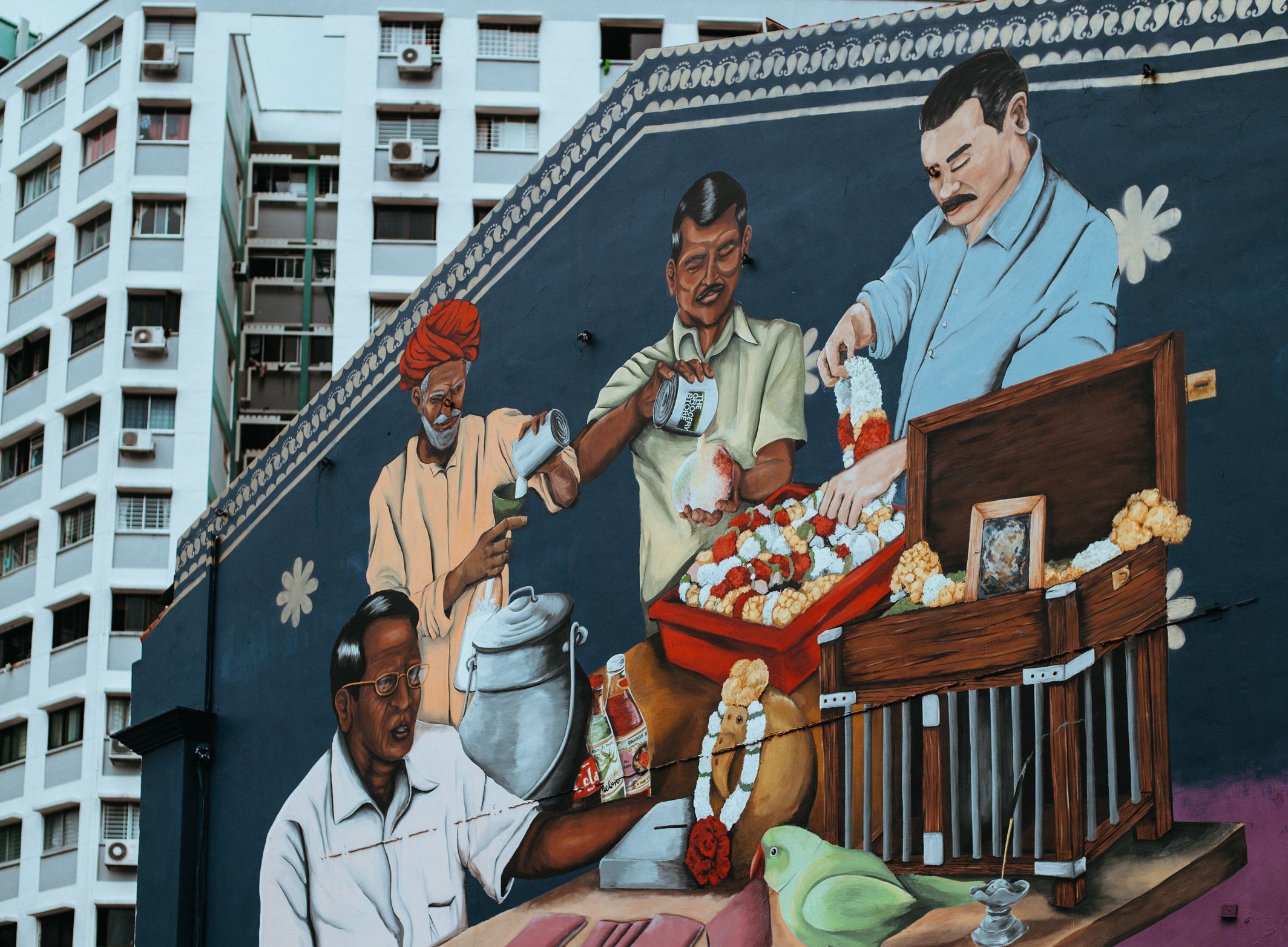
Country branding, however, doesn’t work like that. If a country spends a lot on promoting tourism, but at the same time has policies that make foreigners feel unwelcome, then it should be no surprise if travellers think twice about visiting, or investors ponder putting their money somewhere else.
The upside of a portfolio is that, while every separate portfolio segment needs attention, each sub-brand can function separately, most of the time. The need for public communications to speak separately to different audiences is more pronounced today, with a much more fragmented media universe, in which it has become much harder to get attention, at the same time that it is ironically easier to spread information.
While a country brand is the national ‘mother brand’, the country’s sub-brands apply to the areas of tourism, trade, immigration and so on. These sub-brands focus on their own segmented audiences, usually largely invisible to those outside these circles. Each sub-brand has slightly different messages and areas of emphasis. The concerns of trade partners are different from those of, say, multinational manufacturers. Potential investors would worry less about social issues than, say, would-be immigrants.
For example, Singapore’s Economic Development Board conducts what is termed ‘direct marketing’, that is, communication goes directly to target audiences. EDB officers sit down every day with captains of industry to market the Republic’s unique selling points as a location for factories, regional offices and other services. Advertising is placed in targeted business or industry sector magazines.
Brand Singapore, given its relative success internationally as a country brand, has actually operated mostly at the sub-brand level for much of its history, with all the government agencies related to economic development essentially “doing their own thing”, albeit in a coordinated way. It was only in 2017 that a first concerted effort was made to launch an overall nation branding campaign with the “Passion Made Possible” brand concept, led by EDB and the Singapore Tourism Board. Even then, this is only a beginning. A process is underway for other economic agencies to buy into, and apply, this brand concept for their own audiences.
To promote the portfolio of brand Singapore, public participation has become more important than ever. It was always the case before that some individuals such as the typical taxi-driver had great influence on a visitor’s perceptions of a place. But the globalisation of communication with digital technology has changed this forever. Today, literally anyone with Internet access can also add to the information and perspectives available to the world about the wonders and warts of any destination.
When it comes to negative feedback, many businesses are finding themselves almost at the mercy of user reviews. For countries, the silver lining is the sheer difference in scale of aspects to be considered – the ‘portfolio effect’, once again. Hence, negative perceptions must compete for attention, and may not dominate as much as one might fear. There is also, of course, the salvation of the famously short memories of the general public.
What this means is that country brand guardians must engage and involve the public even more. It is no longer enough just to employ actors to enact commercials. Nothing beats the real thing. Singapore’s latest ‘Passion Made Possible’ country branding campaign features Singaporeans well, as genuine real-life examples of the country brand attributes highlighted. From Michelin chefs to aspiring teenaged artists, these actual citizen ambassadors lend authenticity and third-party endorsement to the brand promise that Singapore is a place where one’s passions are made possible by an enabling environment. In the tourism space, this is true whether one is a visitor craving to satisfy a niche interest, or a local who yearns to make a mark in a fulfilling career in the travel trade.
Positive public participation is the sum total of soft power, and power is best expressed soft. Hard power such as economic heft or military might can be difficult to argue with. But what truly draws people, and helps form lasting relationships, is soft power – the ability of a place to draw the affinity, admiration and affection of others. No one forces you to go anywhere for a vacation. People visit places they find attractive and welcoming.
Singapore’s soft power has a few main facets, but currently, I believe its ‘X factor’ attribute is multiculturalism. This is a quality that is becoming more precious in a world moving towards protectionism not only in economic terms, but also in the socio-cultural sphere. Internally, admirable aspects of multicultural Singapore include the country’s social harmony, which is sustained in some deliberate ways, such as the policies in public housing that maintain a resident quota by ethnicity and even nationality, down to every single apartment block.
Externally, Singapore stands out for its openness to the world, which has always been a central feature of this island, from its earliest days as a free port to its more recent active embrace and evangelism for global free trade. In an increasingly divisive world, in which more countries are putting up walls and barriers, and discouraging immigration, Singapore continues to welcome suitable talent as much as it does trade or tourists.
Soft power is expressed, and sometimes exported, through culture and the arts. Here, the island-state has made a mark with cultural assets such as the National Gallery. This storehouse and showcase presents not only some of the best visual art of Singapore, but also allows the Lion City to play the role of a custodian of art for the whole region of Southeast Asia. It is seldom highlighted that this kind of regional representation is actually quite rare in the art world, in which any national gallery would typically focus almost exclusively on the artistic output from its own territory.
Another cultural asset is Singapore’s stewardship of nature, in its ‘City in a Garden’ concept of urban liveability. Extending further from its earlier international reputation as a Garden City, this new model has become utterly holistic, blossoming from the original blueprint of a city containing many gardens to a new vision of an entire country tended to like one big garden.
The Flower Dome of the Gardens by the Bay is, for me, the most fertile metaphor for Singapore as a City in a Garden. This air-conditioned, environmentally intelligent biodome shows off some of the best of the rest of the world’s greenery, from the tulips of the Netherlands to Japan’s sakura cherry blossoms.
In the same way, Singapore’s standout feature is how it maintains a conducive total environment that attracts global talent and investment. This aspect of a “perpetual spring”, always adapting to welcome and nurture blooms from around the globe, is a key soft power symbol in the portfolio of brand Singapore.









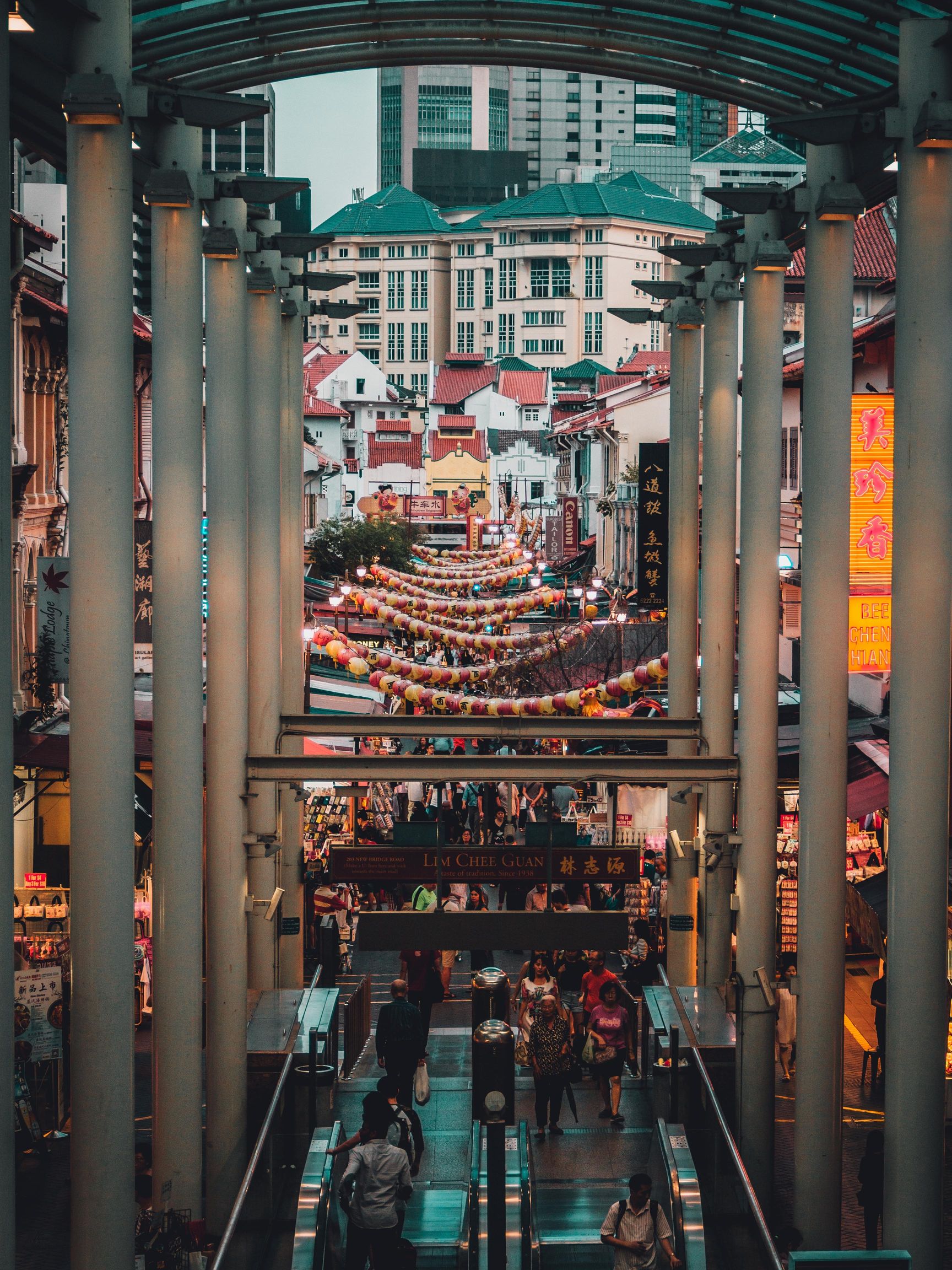
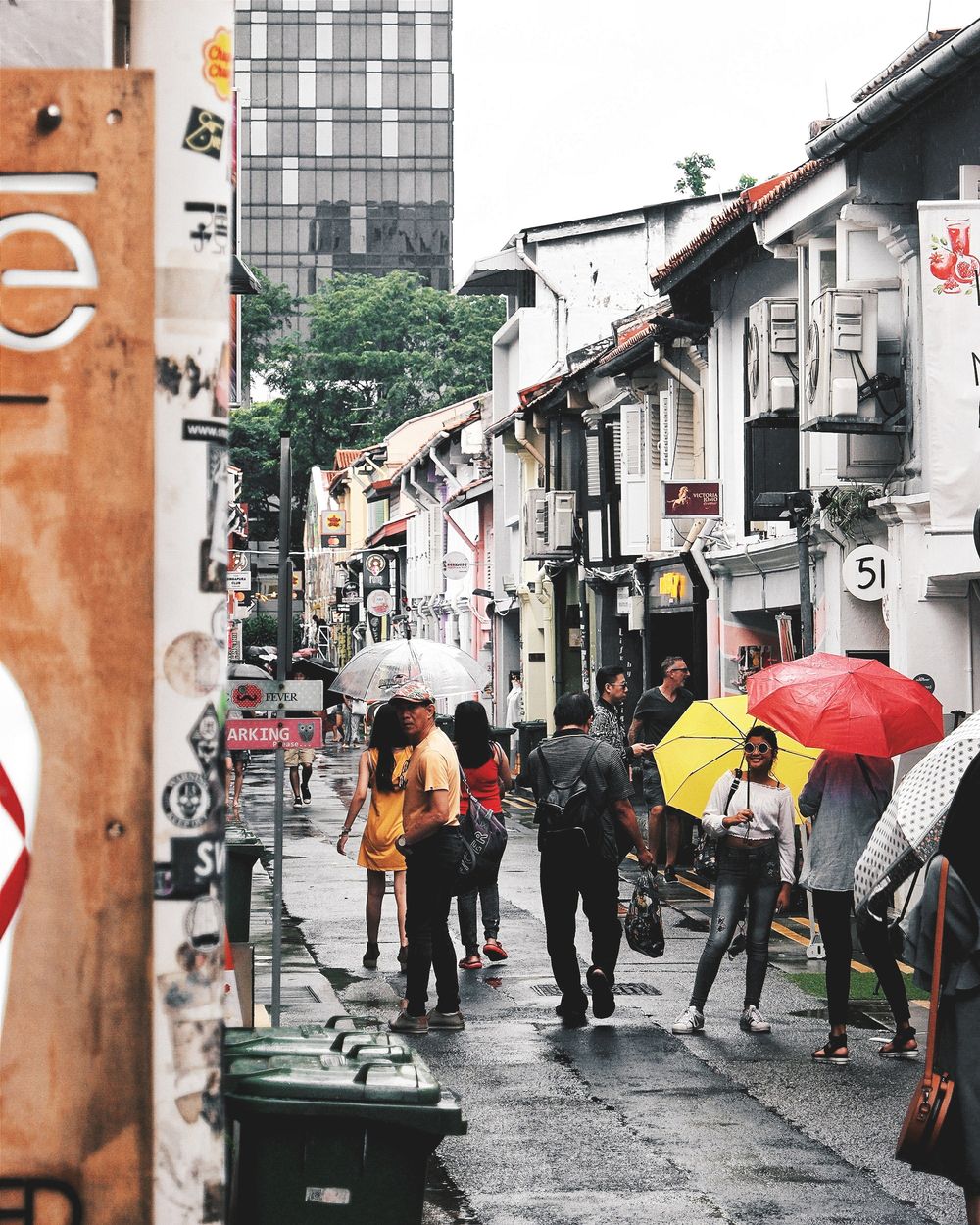

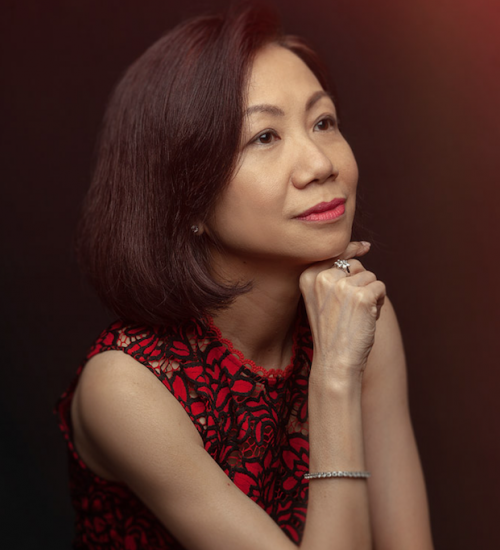
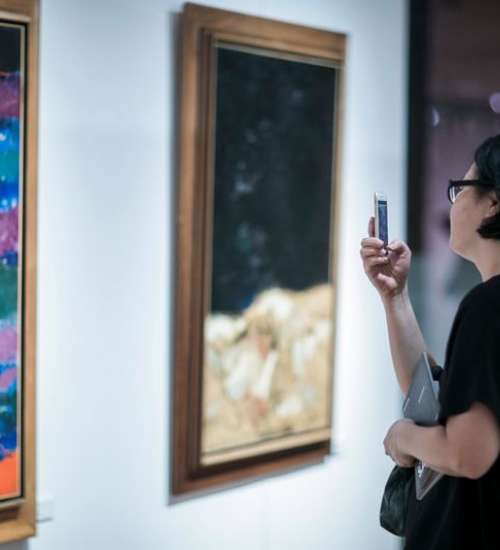


 Back
Back
